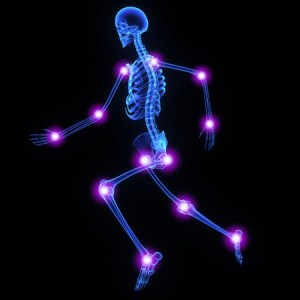 Worldwide, over 1.2 million total joints are being done each year. Approximately, 800,000 of these total joints are done in the US alone. Americans are therefore the biggest consumers of this very successful technology.
Worldwide, over 1.2 million total joints are being done each year. Approximately, 800,000 of these total joints are done in the US alone. Americans are therefore the biggest consumers of this very successful technology.
Traditionally, TJR is done in a hospital set up because most patients undergoing TJR are the elderly with medical comorbidities (the presence of other illness like Hypertension, Heart Disease, uncontrolled Diabetes etc).
The current generation of baby boomers however, are much healthier, live a longer life and tend to stay active at an older age. On the other hand, a lot of younger patients are having TJR because of damage to the joints at an early age caused by sports related injuries.
Improved perioperative anesthesia, development of new analgesics like Exparel, and the increasing sophistication and safety of Surgicenters, prompted the development of outpatient TJR. Approximately, 20 percent of TJR are now done safely, expediently and at a big savings to the insurance company at surgicenters. The recovery time is shortened, infection rate is cut down, certain institutions like the Northern Monmouth Surgicenter in Manalapan NJ, where I do most of my outpatient work is close to zero percent.
There are certain reasons why TJR cannot be done in an outpatient setup. Medicare and certain private insurance companies will not authorize the TJR to be done as outpatient. It is my belief that the insurance companies will eventually see the value of doing outpatient TJR.
Any surgical patient with a severe medical condition obviously should be done in a hospital setup.
Examples of TJRs being performed in a Surgicenter, Total Hip Replacement (THR), Total Knee Replacement (TKR), Total Shoulder Replacement (TSR), Reverse Total Shoulder Replacement ( rTSR), Total Ankle Replacement (TAR) If you have any questions regarding surgery in an outpatient setup, please call for in office consultation.
Manuel T Banzon MD FAAOS
04-20-2015







